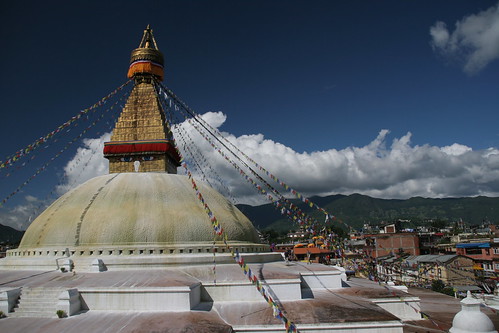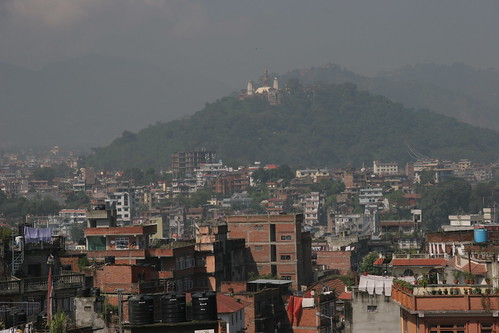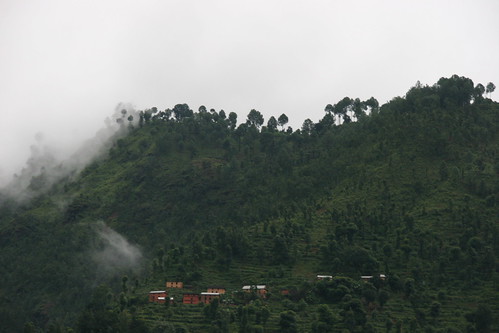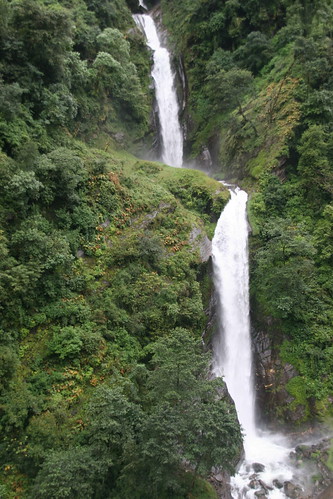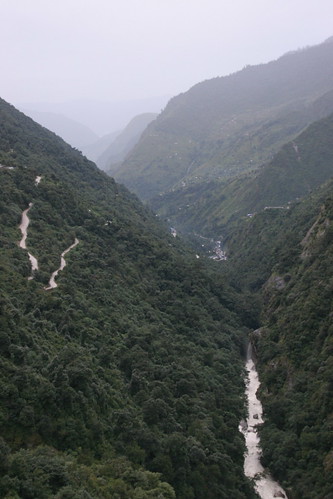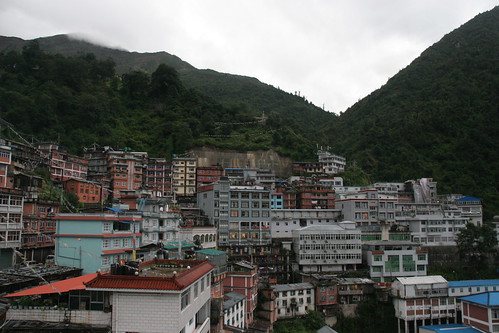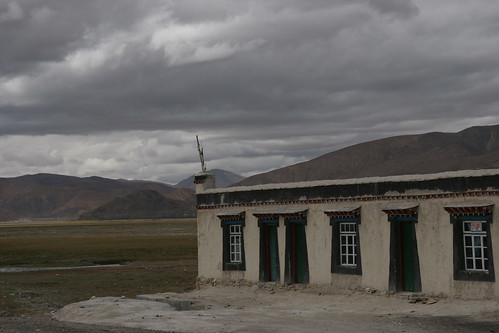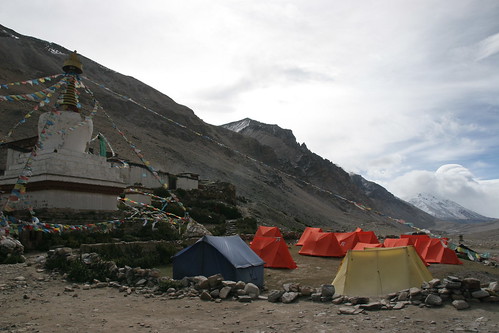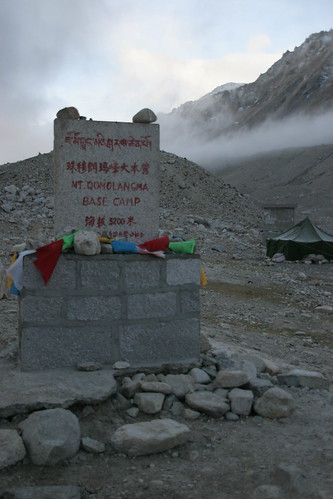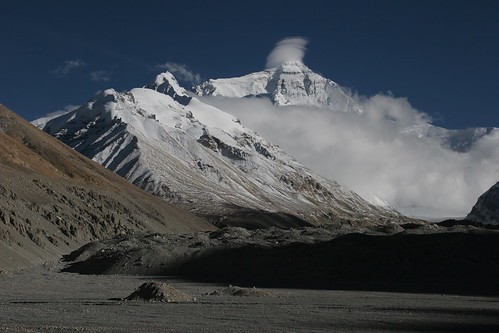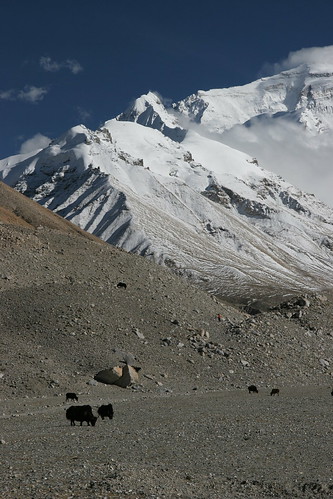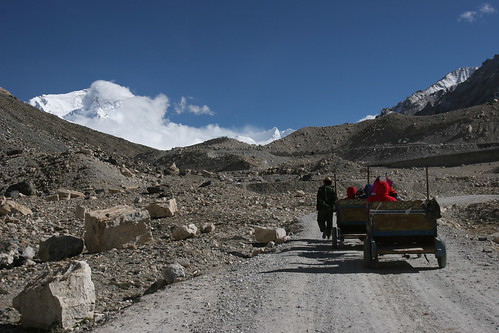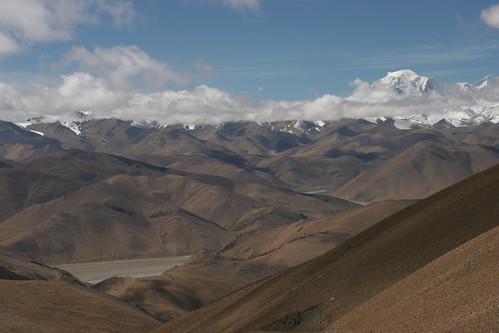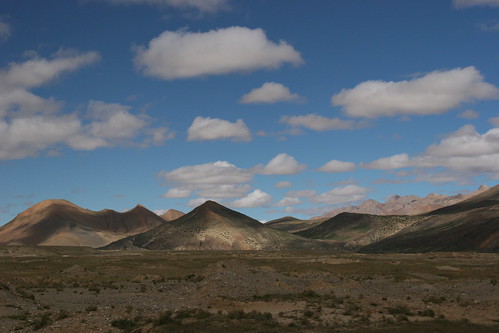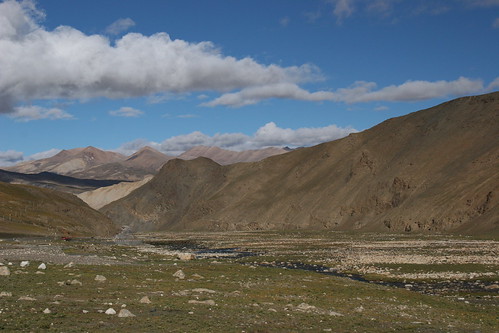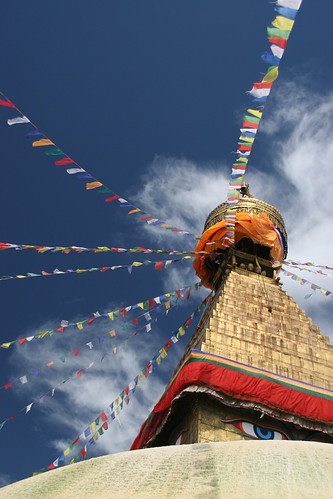
It’s been exactly a year since I left home in October 2006 and I’m nervous about going back. Someone asked me if I’d like to continue on but I don’t think I do. The novelty and thrill of seeing new places, and meeting new people every day has taken its toll. I'm longing for something unchanging. My anxieties verge from the predictable like ‘will I get a job?’ to the more complex ‘am I going to have a problem integrating into society again?’ I’ve already received emails asking if I’m back yet. This heightens my anxiety.
The last day. I’m up at 6.30 to pack. I’ve been looking forward to the day when I can throw away all my toiletries and it's today! I’m hoping this will help to make my bag lighter. Incomprehensibly it doesn’t. My backpack still weighs in at 24 kilos as it has done the whole trip. On the taxi ride to the airport I take my last glimpses of travel for a while.
As I fly from Kathmandu to Bangkok, I think about the questions I’ll be asked apart from ‘Where was your favourite place?’ Questions like what have I learnt from my year away? Do I now know what I want from life? No, I don’t think so. I haven’t had time to think ‘deeply’. I didn’t realise travelling would be so exhausting. There are basic decisions to make every day so there hasn’t been much time for anything more profound. 'Have I ‘discovered’ myself' is another question I dread. In some ways I have. I understand my limitations better. I know that I’ll cope with most things life throws my way. I’ve learnt it feels good to challenge and overcome my fears. Above all I’ve realised I am lucky to have choices in life. Many of the people I’ve met in the past year don’t have a choice. They’ve been forced into a way of life because of circumstance. This is something I am truly grateful for. Whether things turn out the way I want or not, there are decisions I can make.
In Bangkok my plane is delayed by two hours to 2am. I kill time by eating a red curry and having a massage. My last indulgence. I’ll be home in 11 hours. I feel strange. The past year has already started to fade…
